Quanta Microsystems US101-P IEEE 802.11 b/g WLAN USB Module User Manual Q WL U1D61 RoHS FCC V10
Quanta Microsystems, Inc. IEEE 802.11 b/g WLAN USB Module Q WL U1D61 RoHS FCC V10
Manual

IEEE 802.11 b/g WLAN USB Module
Module:US101
Quick Installation Guide
Version 0.2
Apr. 30, 2007
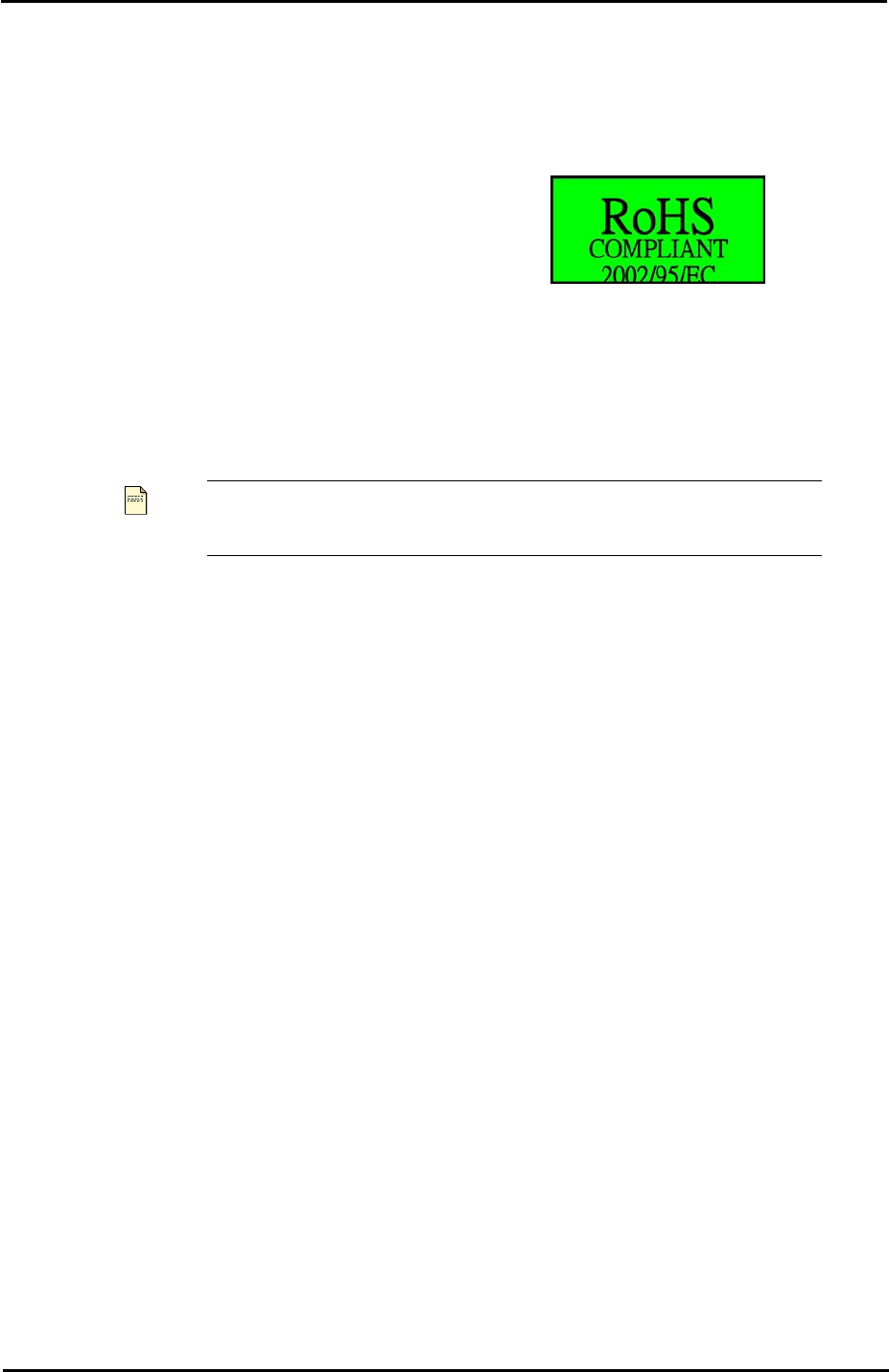
Quick Installation Guide
Statement of RoHS
We recognize the need to be a responsible
corporate citizen. With respect to the current EU
directive and the equivalent domestic legislation
which implement Restriction of Hazardous
Substances (RoHS), We are committed to
producing products supplied into the EU that are
fully compliant to the directive on or before its
respective effective date.
Note
The wireless USB module works based on the operating frequency
ranging from 2412 MHz to 2472 MHz and the operating channels 1 to
11 for FCC or Channels 1 to 13 for CE.
ii
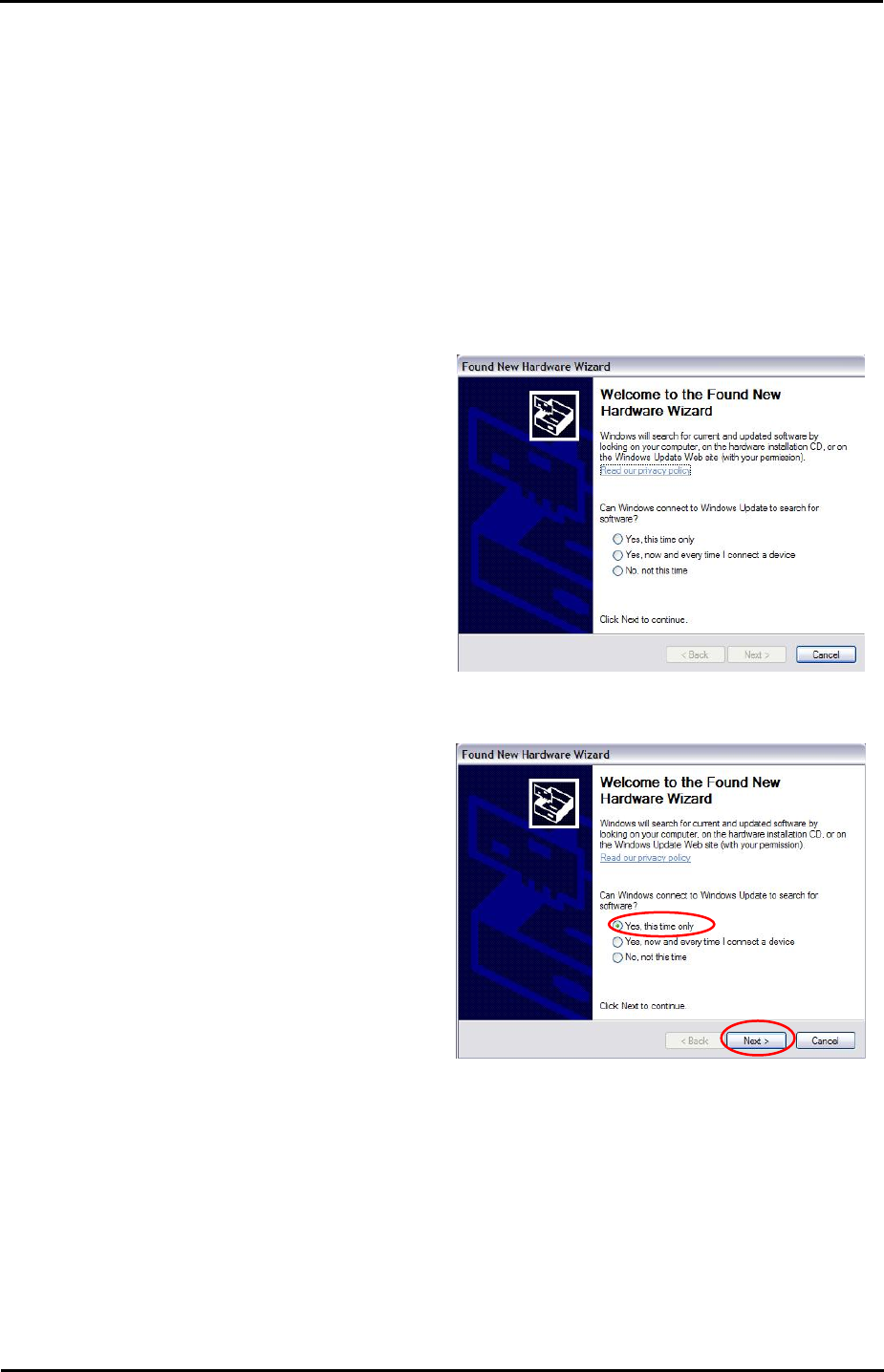
Installing wireless USB module driver
Installing wireless USB module driver
This Quick Installation Guide provides you with some basic instructions only. The
following instructions will guide you through overall installation procedure. In
OS-specific situations, you should follow the on-screen instructions to proceed.
Follow these steps below to install the wireless module driver.
Step 1: Close all Windows programs that are running.
Step 2:
Insert the module into a USB port of your
computer, first. Then, a Welcome to the
Found New Hardware Wizard window
pops up.
Step 3:
Now, you may, for example, select Yes,
this time only. Then, click Next.
1
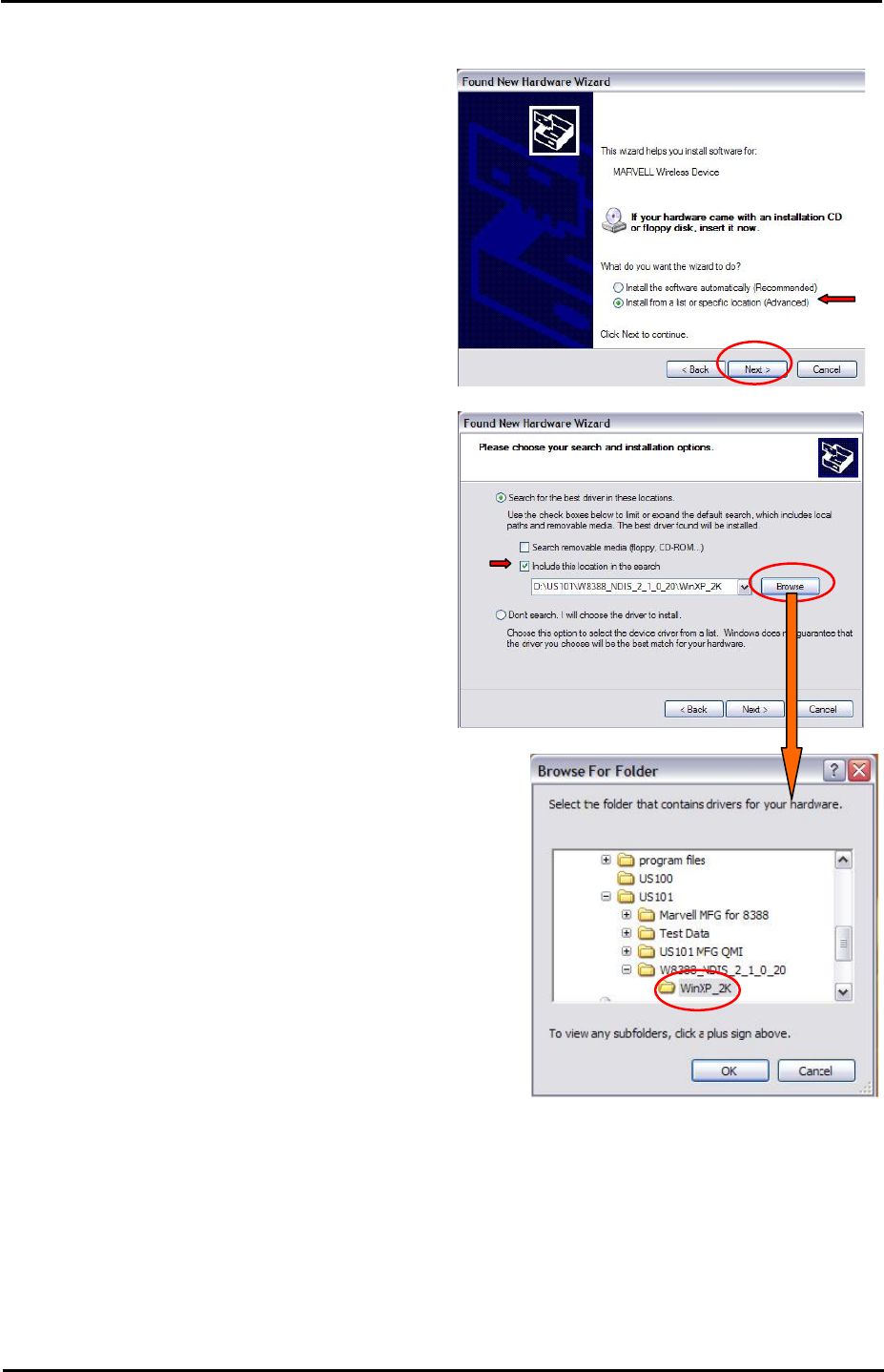
Quick Installation Guide
Step 4:
On the window, select Install from a list or
specific location (Advanced) to search
and install the driver. Then, click Next.
Step 5:
Tick off Include this location in the
search: and then click Browse to search
the driver in a specified directory.
Step 6:
Select the folder that contains the driver for
your hardware. Then, click OK.
2
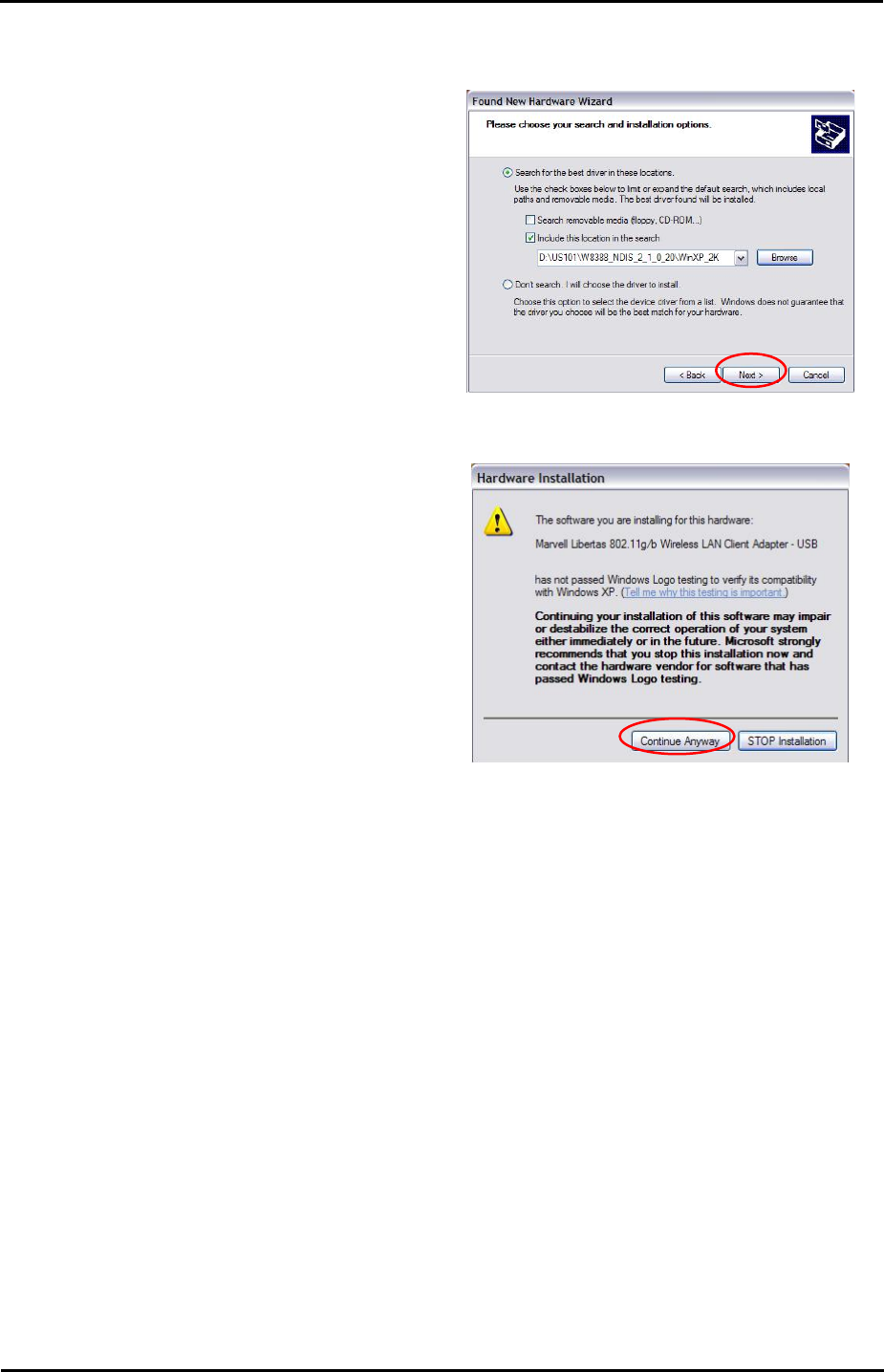
Installing wireless USB module driver
Step 7:
Click Next.
Step 8:
You may see a Hardware Installation
window indicating that you are installing
the driver for this hardware of Marvell
Libertas 802.11g/b Wireless LAN Client
Adapter - USB. Then, click Continue
Anyway.
3
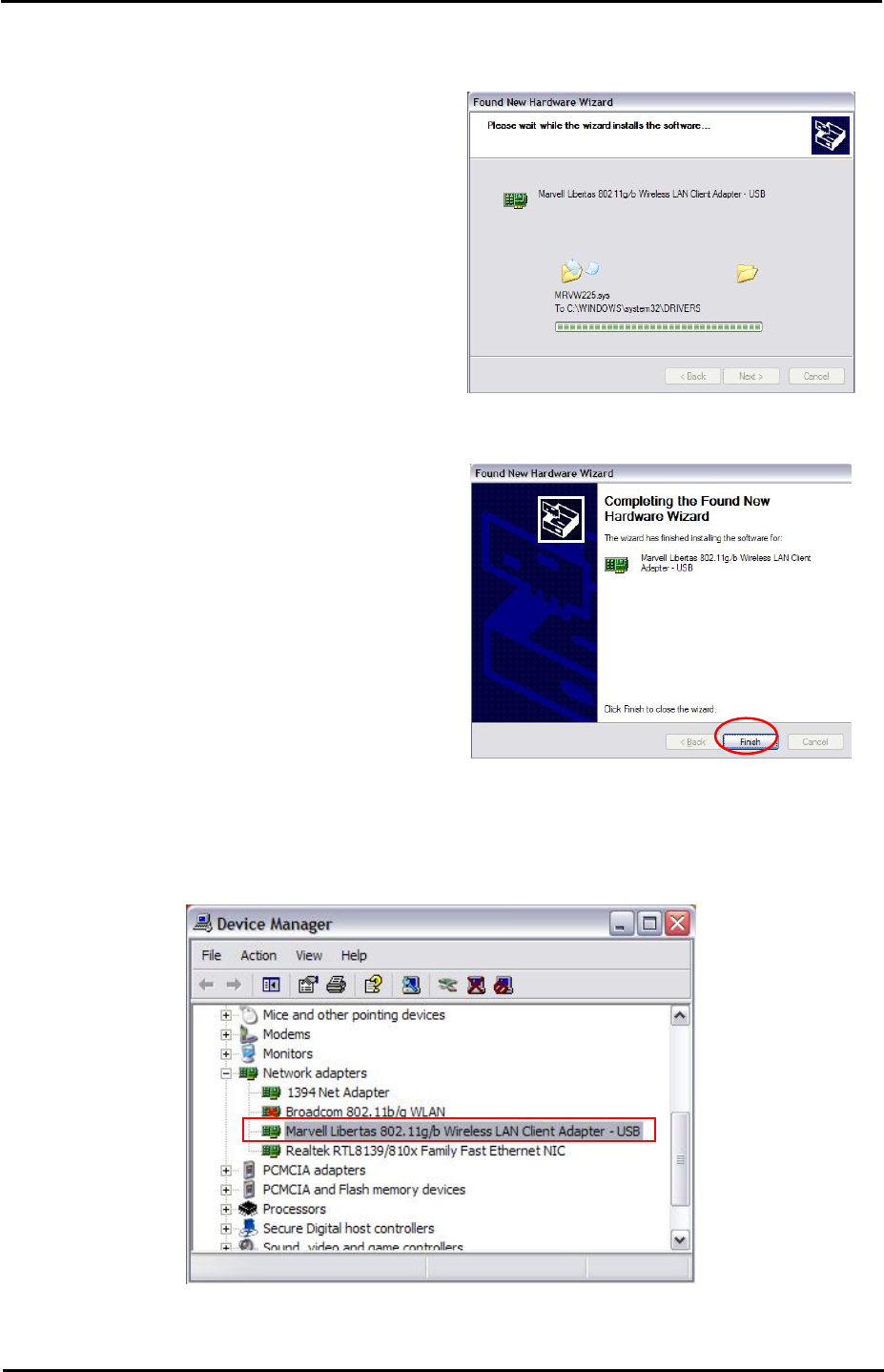
Quick Installation Guide
Step 9:
You see a processing window indicating
that the wizard installs the driver… Please
wait a moment.
Step 10:
This hardware driver installation is
completed. Click Finish to complete the
installation process.
Step 12:
When you succeed in installing the driver, you will see the hardware name in the
platform of Device Manager.
4

Statements of FCC, CE,
Federal Communication Commission Interference Statement
This equipment has been tested and found to comply with the limits for a Class B digital
device, pursuant to Part 15 of the FCC Rules. These limits are designed to provide
reasonable protection against harmful interference in a residential installation. This
equipment generates, uses and can radiate radio frequency energy and, if not installed
and used in accordance with the instructions, may cause harmful interference to radio
communications. However, there is no guarantee that interference will not occur in a
particular installation. If this equipment does cause harmful interference to radio or
television reception, which can be determined by turning the equipment off and on, the
user is encouraged to try to correct the interference by one of the following measures:
- Reorient or relocate the receiving antenna.
- Increase the separation between the equipment and receiver.
- Connect the equipment into an outlet on a circuit different from that to which the
receiver is connected.
- Consult the dealer or an experienced radio/TV technician for help.
FCC Caution: Any changes or modifications not expressly approved by the party
responsible for compliance could void the user's authority to operate this equipment.
This device complies with Part 15 of the FCC Rules. Operation is subject to the
following two conditions: (1) This device may not cause harmful interference, and (2)
this device must accept any interference received, including interference that may
cause undesired operation.
FCC Radiation Exposure Statement:
This equipment complies with FCC radiation exposure limits set forth for an
uncontrolled environment. This transmitter must not be co-located or operating in
conjunction with any other antenna or transmitter.
IMPORTANT NOTE: In the event that these conditions can not be met (for example
certain laptop configurations or co-location with another transmitter), then the FCC
authorization is no longer considered valid and the FCC ID can not be used on the final
product. In these circumstances, the OEM integrator will be responsible for
re-evaluating the end product (including the transmitter) and obtaining a separate FCC
authorization.
IEEE 802.11b or 802.11g operation of this product in the U.S.A. is firmware-limited to
channels 1 through 11.
This device is intended only for OEM integrators under the following conditions:
1. The transmitter module may not be co-located with any other transmitter or
antenna,
5
2. For all products market in US, OEM has to limit the operation channels in CH1 to
CH11 for2.4Gband by supplied firmware programming tool. OEM shall not supply any
tool or info to the end-user regarding to Regulatory Domain change.

Quick Installation Guide
3. For all products market in US, OEM has to limit the operation channels in CH1 to
CH11 for 2.4G band by supplied firmware programming tool. OEM shall not
supply any tool or info to the end-user regarding to Regulatory Domain change.
As long as 3 conditions above are met, further transmitter test will not be required.
However, the OEM integrator is still responsible for testing their end-product for any
additional compliance requirements required with this module installed (for example,
Notebook, Laptop, etc.).
End Product Labeling
The final end product must be labeled in a visible area with the following "Contains:
FCC ID:T5U-US101-P”.
Manual Information To the End User
The OEM integrator has to be aware not to provide information to the end user
regarding how to install or remove this RF module in the user’s manual of the end
product which integrates this module.
The end user manual shall include all required regulatory information/warning as show
in this manual.
European Union Notice:
Radio products with the CE marking comply with the R&TTE Directive (1999/5/EC), the
EMC Directive (89/336/EEC) and the Low Voltage Directive (73/23/EEC) issued by the
Commission of the European Community.
Compliance with these directives implies conformity to the following European Norms:
◆ EN 60950-1 Product Safety
◆ EN 300 328 Technical requirement for radio equipment
◆ EN 301 489-1/-17 General EMC requirements for radio equipment
6
3. This module has been SAR evaluated inside the Laptop, model ox-series, of
Quanta Microsystems, Inc. and this module can be used only with this specific
product without further SAR evaluation. All other portable applications need
separate SAR re-evaluation.